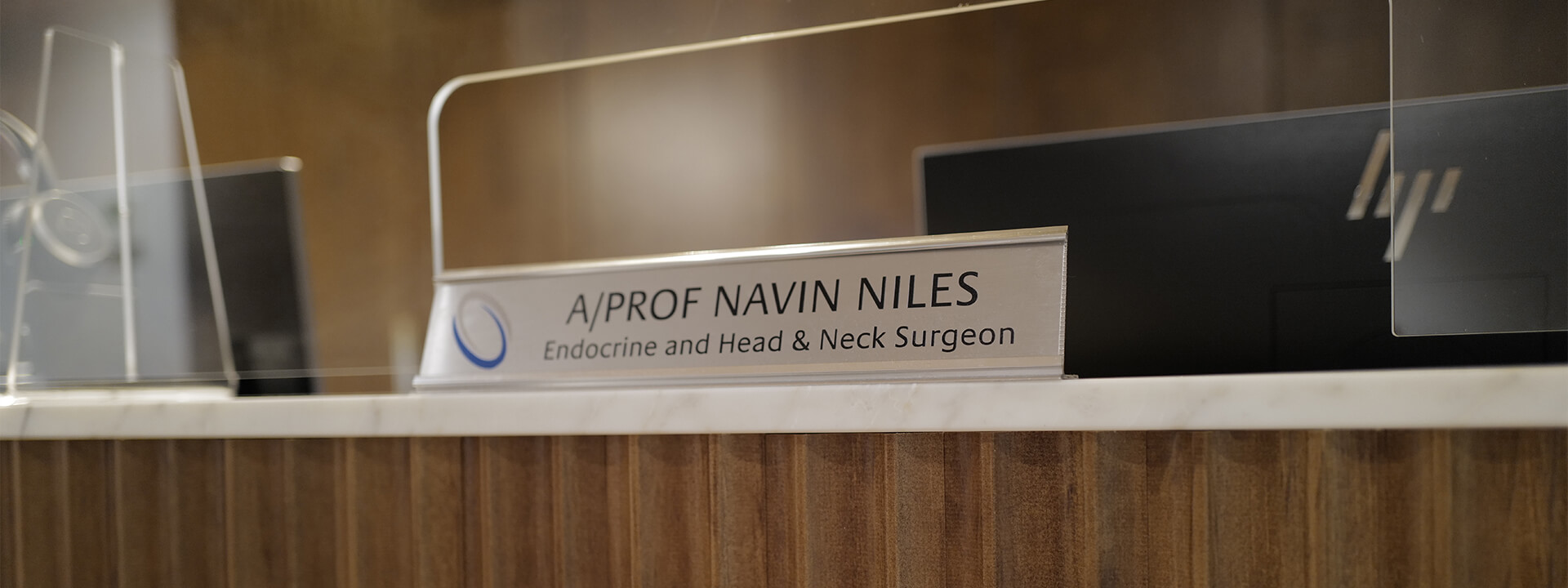The Embryology of the Thyroid Gland: Tracing Its Journey from Tongue to Neck
The thyroid gland — a small butterfly-shaped organ in the lower neck — plays a powerful role in metabolism, growth, and development. Yet, its origin story is as fascinating as its function. The embryological journey of the thyroid is a tale of migration, transformation, and precision — one that begins at the base of the tongue and ends in its familiar home just below the larynx.
1. The Beginning: Week 3 of Development
The thyroid gland originates early in embryogenesis. Around the third week of gestation, an epithelial thickening appears in the floor of the primitive pharynx, at a site known as the foramen cecum — a small pit that persists in the adult tongue as a subtle landmark between the anterior two-thirds and posterior third. This endodermal thickening is the thyroid primordium, the seed from which the gland will grow.
2. The Descent: Following the Thyroglossal Duct
As the embryo elongates, the thyroid primordium migrates caudally, maintaining a slender connection to the tongue via the thyroglossal duct. The descent proceeds along the midline, passing anterior to the hyoid and laryngeal cartilages, before reaching its resting place in front of the trachea by about week 7. The thyroglossal duct usually degenerates, leaving only the foramen cecum as a trace.
Did you know? Persistence of any part of the thyroglossal duct can form thyroglossal duct cysts, typically a midline neck swelling that elevates with tongue protrusion or swallowing.
3. The Arrival: Differentiation and Function
By week 7, the thyroid has arrived in its final position and begins to form two lateral lobes and an isthmus. Between weeks 10–12, follicular cells assemble into spherical thyroid follicles.
Clinical timing: By the end of the first trimester the fetal thyroid can concentrate iodine and synthesise thyroxine (T4), contributing to early metabolism and neurodevelopment.
4. Parafollicular (C) Cells: A Different Origin Story
Parafollicular (C) cells, which secrete calcitonin, have a distinct lineage. They derive from the ultimobranchial bodies, themselves from the fourth (sometimes fifth) pharyngeal pouch with contributions from neural crest. These cells merge into the thyroid and disperse among follicles — an elegant example of embryonic integration.
5. Clinical Correlates
• Ectopic thyroid tissue: Incomplete migration can leave thyroid tissue anywhere along the tract — most commonly a lingual thyroid at the tongue base.
• Pyramidal lobe: A superior extension from the isthmus (a thyroglossal remnant), present in about 50% of people.
• Thyroglossal duct cysts: Midline cysts that may become infected and often require a Sistrunk procedure for definitive management.
Surgical note: Always confirm the presence of orthotopic thyroid tissue before excising a suspected “ectopic” gland — occasionally the ectopic focus is the only functioning thyroid.
6. A Story of Precision and Harmony
The thyroid’s development showcases exquisite embryological choreography — from a small endodermal bud at the tongue to a complex endocrine organ in the neck. Each step — origin, migration, differentiation — must align precisely; small deviations underpin recognisable clinical entities.
